Calcite Blue Extra Marble
 Brazil
Brazil
Calcite Blue Extra Marble, also known as Azul Calcite or Cristalita Blue Marble, is a remarkable and visually stunning type of marble that is highly prized for its unique appearance and translucent qualities. This marble variety is typically characterized by its oceanic blue and white coloration, often with soft veins and a wavy pattern that resembles the crystallized waves of the sea. It is primarily quarried in Brazil and is known for its exceptional aesthetic appeal.
Key features and characteristics of Calcite Blue Extra Marble:
Oceanic Blue and White Coloration: The most distinctive feature of Calcite Blue Extra Marble is its captivating color palette, which predominantly consists of oceanic blue and white hues. This combination creates a sense of depth and movement, resembling the colors of the ocean.
Translucent Quality: Calcite Blue Extra Marble is known for its translucent properties, allowing light to pass through the stone to some extent. This translucency adds a unique and ethereal quality to the marble, enhancing its visual appeal.
Soft Veins: The marble often exhibits soft, flowing veins that can range in color from light blue and dark blue to gray, green, and other light shades. These veins create a sense of movement and depth within the stone, resembling the natural patterns found in crystalline structures.
Wavy Pattern: The wavy pattern found in Calcite Blue Extra Marble is a defining characteristic that evokes the appearance of sea waves frozen in time. This natural pattern adds a sense of fluidity and elegance to the stone.
Quarry Location: This marble variety is primarily quarried in Brazil, a country known for its rich natural stone resources. The specific quarries where Calcite Blue Extra Marble is sourced may vary within Brazil.
Applications: Due to its striking appearance and unique characteristics, Calcite Blue Extra Marble is often used in high-end interior design and architectural projects. It is a popular choice for applications such as countertops, wall cladding, flooring, and decorative elements. The marble's translucent quality can also be highlighted when backlit, creating a dramatic and artistic effect.
Elegance and Luxury: Calcite Blue Extra Marble is associated with luxury and sophistication due to its one-of-a-kind aesthetic. It is often used in upscale residential and commercial spaces to create a sense of opulence and refinement.
In summary, Calcite Blue Extra Marble, also known as Azul Calcite or Cristalita, is a breathtakingly beautiful natural stone variety quarried in Brazil. Its oceanic blue and white coloration, translucency, soft veins, wavy pattern, and overall aesthetic elegance make it a sought-after choice for interior and architectural design projects where a touch of luxury and unique visual appeal is desired.

What cleaner makes Calcite Blue Extra Marble countertop shine?

What is the best product to polish Calcite Blue Extra Marble countertops?

Is Calcite Blue Extra Marble tile harder to cut?

Can I put a hot coffee cup on Calcite Blue Extra Marble table top?

What's the best way to cut Calcite Blue Extra Marble tile?

What blade is best for cutting Calcite Blue Extra Marble tiles?

What grade is Brazil's Calcite Blue Extra Marble?

Can Calcite Blue Extra Marble be used in swimming pool?

How can I drill into Calcite Blue Extra Marble tile without cracking it?

Is Brazil's Calcite Blue Extra Marble an expensive stone?

Does baking soda remove stains from Calcite Blue Extra Marble countertop?

What is the thickness of a Calcite Blue Extra Marble step tread?

Can Brazil's Calcite Blue Extra Marble be used in landscaping?

What should be the maximum height of riser in a Calcite Blue Extra Marble stair?

Is Calcite Blue Extra Marble tile more expensive than porcelain?

Do water rings go away on Calcite Blue Extra Marble countertop?

Are there color variations of Brazil's Calcite Blue Extra Marble?

Do I need a wet saw to cut Calcite Blue Extra Marble tile?

Do Calcite Blue Extra Marble countertops crack easily?

How can I get my Calcite Blue Extra Marble countertop to shine again?

What is the coefficient of friction of Polished Brazil's Calcite Blue Extra Marble tiles?

Can Brazil's Calcite Blue Extra Marble be used in a office?

What kind of drill should I use for Calcite Blue Extra Marble?

Is a Calcite Blue Extra Marble vanity top a good idea?

Can Brazil's Calcite Blue Extra Marble be used exterior applications in hot climates?

How thick is Brazil's Calcite Blue Extra Marble slabs?

Is it possible to drill holes in Calcite Blue Extra Marble countertops?

How can I drill through thick Calcite Blue Extra Marble?

Does chlorine effect Calcite Blue Extra Marble?
-

FOSHAN MONO BUILDING MATERIAL CO.,LTD.( MOREROOM STONE )
 China
China
 10YRDiamond members are premium members on platform, providing members with comprehensive approach to promoting their products, increasing products exposure and investment return to maximize.
10YRDiamond members are premium members on platform, providing members with comprehensive approach to promoting their products, increasing products exposure and investment return to maximize.
 Verified Supplier is for prove company authenticity,including business license,trade license and effective office space,to enhance buyers' trust to suppliers and their products, reducing communication costs.
Verified Supplier is for prove company authenticity,including business license,trade license and effective office space,to enhance buyers' trust to suppliers and their products, reducing communication costs.
Contact Supplier
-

 China
China
 8YRDiamond members are premium members on platform, providing members with comprehensive approach to promoting their products, increasing products exposure and investment return to maximize.
8YRDiamond members are premium members on platform, providing members with comprehensive approach to promoting their products, increasing products exposure and investment return to maximize.
 Verified Supplier is for prove company authenticity,including business license,trade license and effective office space,to enhance buyers' trust to suppliers and their products, reducing communication costs.
Verified Supplier is for prove company authenticity,including business license,trade license and effective office space,to enhance buyers' trust to suppliers and their products, reducing communication costs.
Contact Supplier
-

Xiamen Landiview Stone Co. Ltd.
 China
China
 8YRDiamond members are premium members on platform, providing members with comprehensive approach to promoting their products, increasing products exposure and investment return to maximize.
8YRDiamond members are premium members on platform, providing members with comprehensive approach to promoting their products, increasing products exposure and investment return to maximize.
 Verified Supplier is for prove company authenticity,including business license,trade license and effective office space,to enhance buyers' trust to suppliers and their products, reducing communication costs.
Verified Supplier is for prove company authenticity,including business license,trade license and effective office space,to enhance buyers' trust to suppliers and their products, reducing communication costs.
Contact Supplier
-

Xiamen Landiview Stone Co. Ltd.
 China
China
 8YRDiamond members are premium members on platform, providing members with comprehensive approach to promoting their products, increasing products exposure and investment return to maximize.
8YRDiamond members are premium members on platform, providing members with comprehensive approach to promoting their products, increasing products exposure and investment return to maximize.
 Verified Supplier is for prove company authenticity,including business license,trade license and effective office space,to enhance buyers' trust to suppliers and their products, reducing communication costs.
Verified Supplier is for prove company authenticity,including business license,trade license and effective office space,to enhance buyers' trust to suppliers and their products, reducing communication costs.
Contact Supplier
-

 China
China
 5YRDiamond members are premium members on platform, providing members with comprehensive approach to promoting their products, increasing products exposure and investment return to maximize.
5YRDiamond members are premium members on platform, providing members with comprehensive approach to promoting their products, increasing products exposure and investment return to maximize.
 Verified Supplier is for prove company authenticity,including business license,trade license and effective office space,to enhance buyers' trust to suppliers and their products, reducing communication costs.
Verified Supplier is for prove company authenticity,including business license,trade license and effective office space,to enhance buyers' trust to suppliers and their products, reducing communication costs.
Contact Supplier
-

 China
China
 5YRDiamond members are premium members on platform, providing members with comprehensive approach to promoting their products, increasing products exposure and investment return to maximize.
5YRDiamond members are premium members on platform, providing members with comprehensive approach to promoting their products, increasing products exposure and investment return to maximize.
 Verified Supplier is for prove company authenticity,including business license,trade license and effective office space,to enhance buyers' trust to suppliers and their products, reducing communication costs.
Verified Supplier is for prove company authenticity,including business license,trade license and effective office space,to enhance buyers' trust to suppliers and their products, reducing communication costs.
Contact Supplier
-

-

-

Xiamen Yanxi Building Materials Co., Ltd.
 China
China
 3YRDiamond members are premium members on platform, providing members with comprehensive approach to promoting their products, increasing products exposure and investment return to maximize.
3YRDiamond members are premium members on platform, providing members with comprehensive approach to promoting their products, increasing products exposure and investment return to maximize.
 Verified Supplier is for prove company authenticity,including business license,trade license and effective office space,to enhance buyers' trust to suppliers and their products, reducing communication costs.
Verified Supplier is for prove company authenticity,including business license,trade license and effective office space,to enhance buyers' trust to suppliers and their products, reducing communication costs.
Contact Supplier
-

The request includes: 1. surface finished, size 2. quantity required
 Tri***Wrote:
Tri***Wrote:
I want to buy Calcite Blue Extra Marble






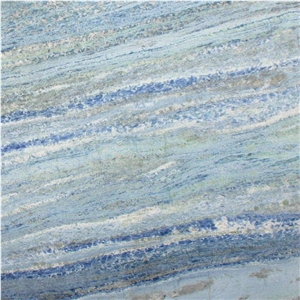
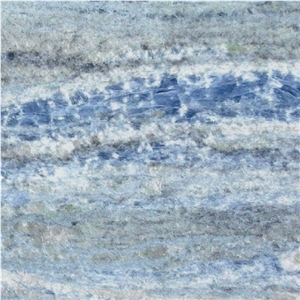
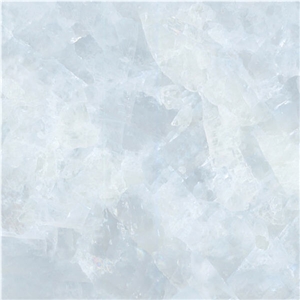
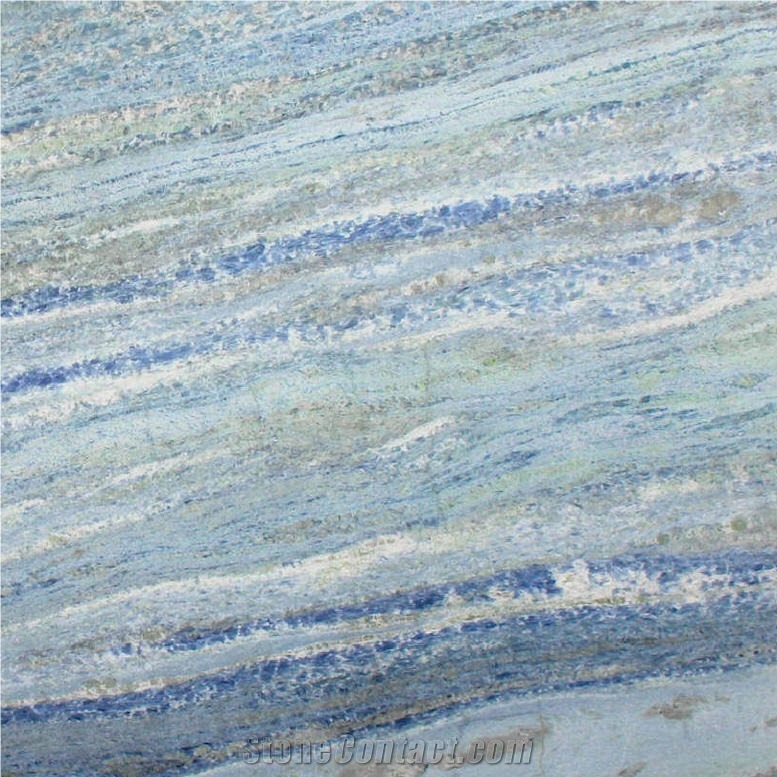
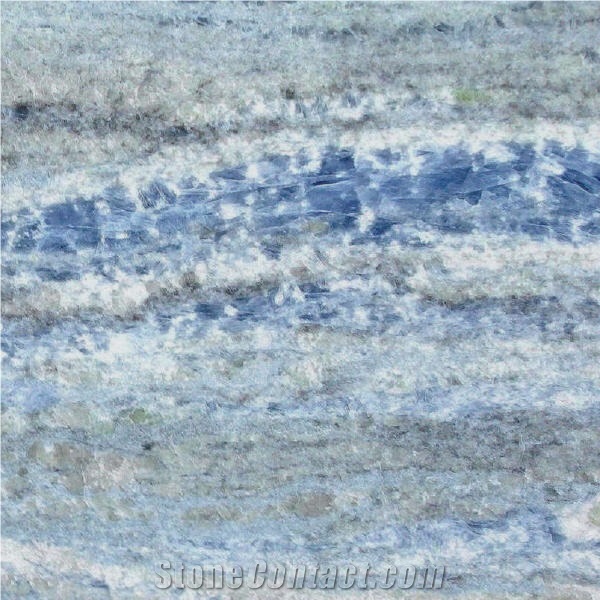
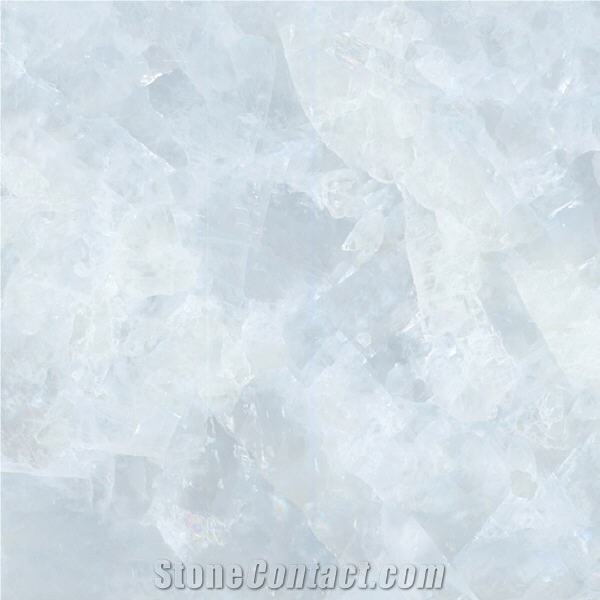
 Italy
Italy